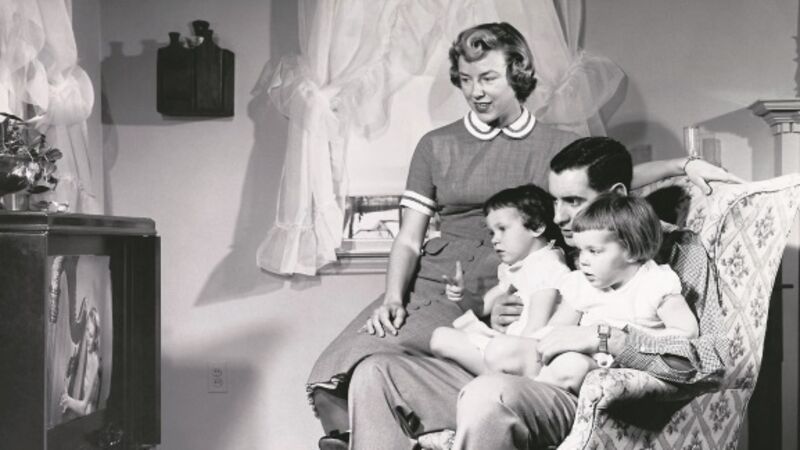The new ways we watch TV

TELEVISION isn’t what it used to be. The old ritual of vegging out in front of the goggle-box, possibly in the company of one or more loved-ones has been bulldozed by the new digital reality with which civilisation is presently coming to grips. Screens are everywhere. TV as we know it has literally faded into the background. Consider the changes in your own family dynamic. A decade ago you and your significant other might have unwound at the end of a long day by watching some disposable rubbish together. There was nothing else on and, anyway, wouldn’t it be weird to leave the room and tune into the soccer on an upstairs telly while your missus tucked into Coronation Street?
Nowadays, we can exist apart even sitting side by side. You are enjoying Marvel’s The Defenders on your iPad; in the corner one of the kids is staring at My Little Pony on a phone (you make a mental note to worry about how much screen time they’ve had in the morning). Meanwhile your wife is telling everyone to stop laughing into their headsets as she settles into the second half of First Dates. What a strange future we’ve arrived at.











